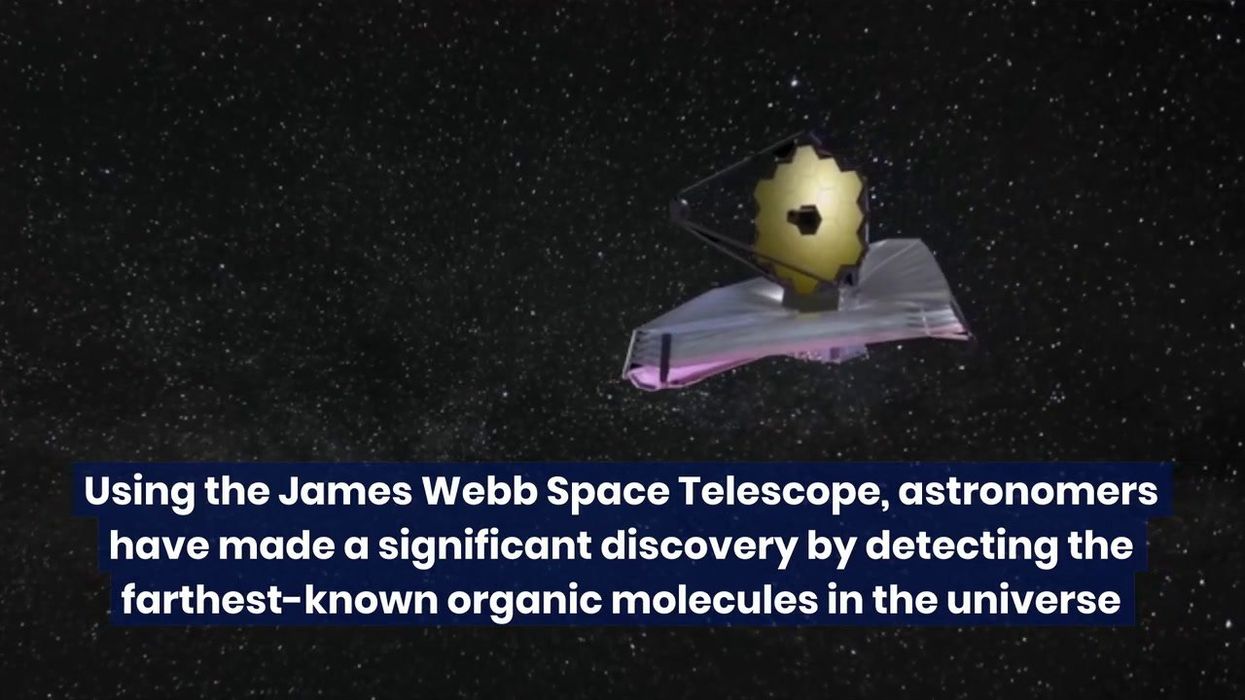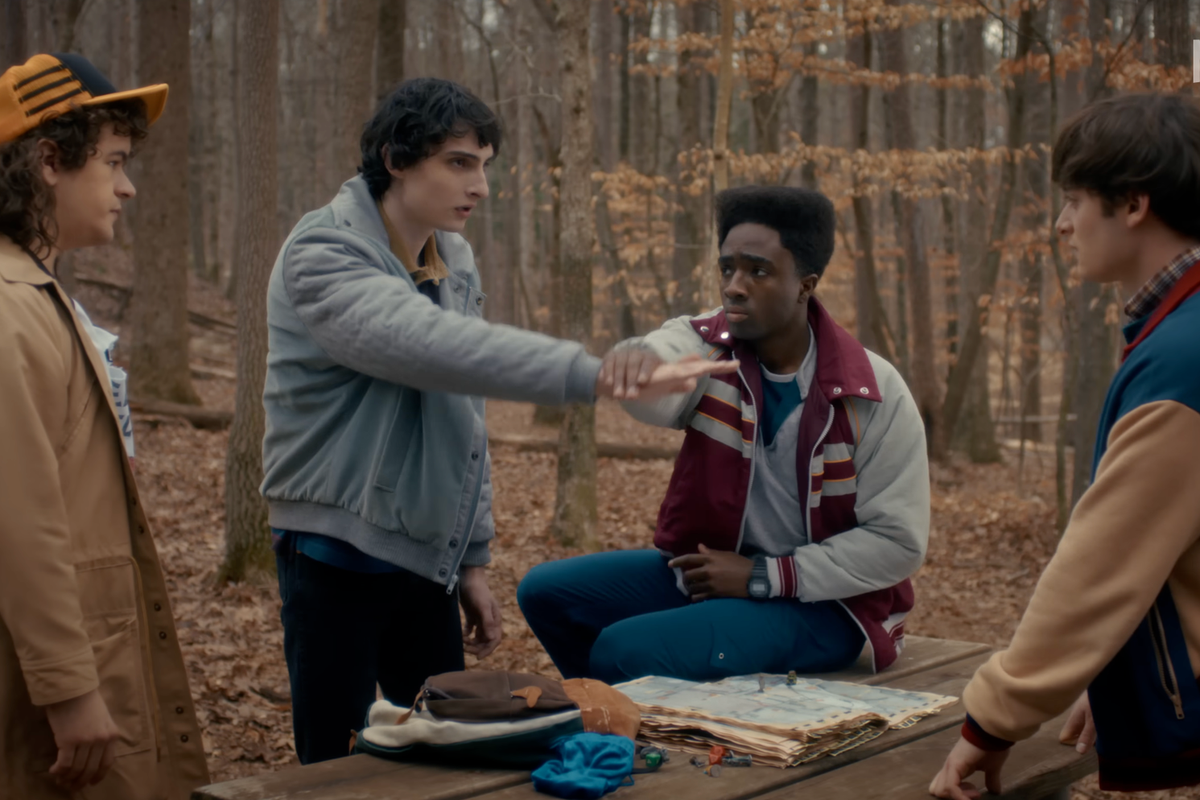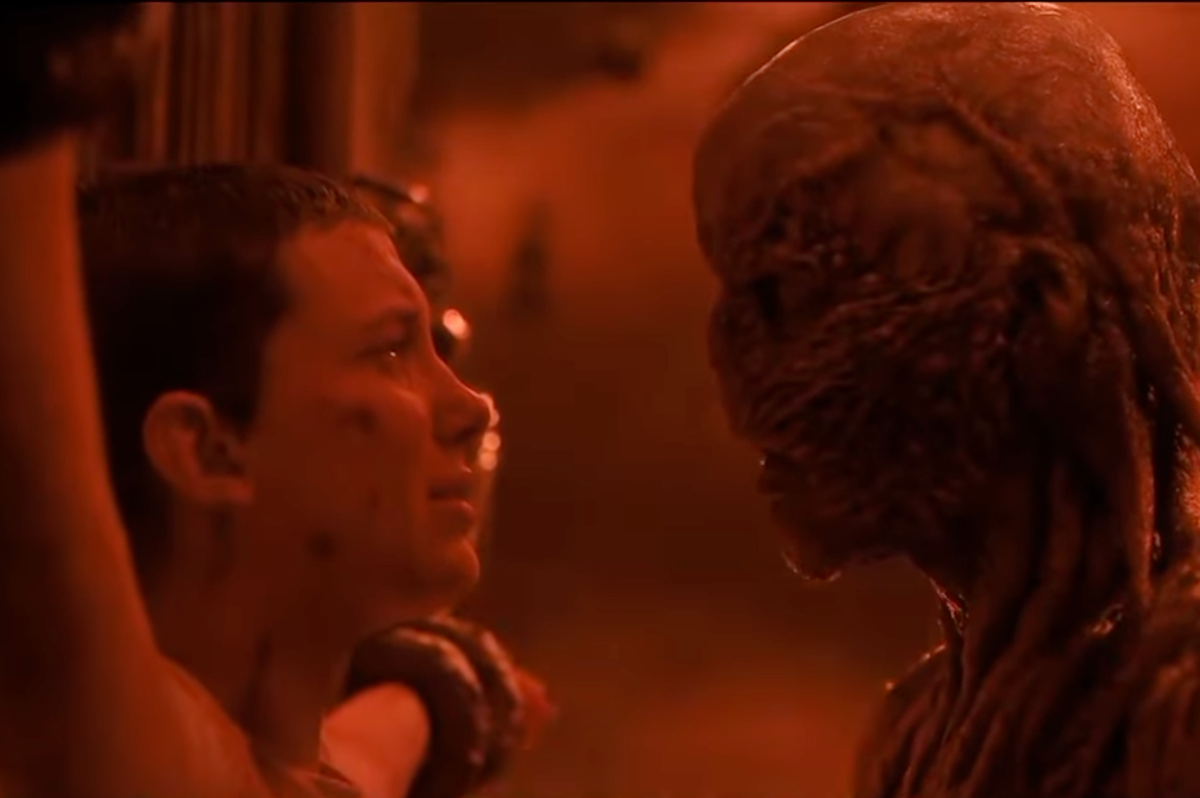Science & Tech
Harry Fletcher
Jun 07, 2023
Webb Telescope Detects Organic Molecules In Distant Galaxy
content.jwplatform.com
Astronomers have discovered a ‘treasure trove’ after capturing an image of a barred spiral galaxy located 17 million light-years away.
The findings were made after the James Webb Space Telescope (JWST) gave a more in depth look at galaxy NGC 5068.
The feature is found in the constellation of Virgo, and it’s thought that the discovery could lead scientists to discover more about barred spiral galaxies like our own.
The observations are all part of a series of findings from the JWST, with the telescope having collected images of 19 galaxies to add to our understanding of star-birthing galaxies.
The bars can be seen in the upper left-hand section of the image posted by NASA below and they’re made up of tightly clustered stars.
Sign up to our free Indy100 weekly newsletter
\u201cWebb\u2019s looked at galaxies from both sides now\u2026\n\nFrom dust structures in mid-infrared light to stars in near-infrared light, Webb\u2019s dual vision is helping us to see star-forming regions \u2014 such as galaxy NGC 5068 \u2014 as never before: https://t.co/hcKATghK07\u201d— NASA Webb Telescope (@NASA Webb Telescope) 1685718130
It’s thought that structures like these take as long as two billion years to form, which could mean they’re a lot older than other galaxies.
“This image of the central, bright star-forming regions of the galaxy is part of a campaign to create an astronomical treasure trove, a repository of observations of star formation in nearby galaxies,” Webb astronomers said, via sci.news.
“These observations are particularly valuable to us for two reasons. The first is because star formation underpins so many fields in astronomy, from the physics of the tenuous plasma that lies between stars to the evolution of entire galaxies.”
\u201cEnjoy our Picture of the Month in video format! \ud83d\udcfd This stunning portrait of NGC 5068 \ud83d\uddbc is a mesmerising addition to a campaign \ud83d\udcda that builds a treasury of star formation observations \u2728 within neighboring galaxies.\ud83c\udf0c\ud83d\udcab Read more: https://t.co/IShirMyzt8\n\n#WebbSeesFarther\u201d— ESA Webb Telescope (@ESA Webb Telescope) 1686039601
“By observing the formation of stars in nearby galaxies, we hope to kick-start major scientific advances with some of the first available data from Webb.”
It continued: “The second reason is that Webb’s observations build on other studies using telescopes including the NASA/ESA Hubble Space Telescope and ground-based observatories.”
They went on to say: “With its ability to peer through the gas and dust enshrouding newborn stars, Webb is particularly well-suited to explore the processes governing star formation.
“Stars and planetary systems are born amongst swirling clouds of gas and dust that are opaque to visible-light observatories like Hubble or VLT.”
Have your say in our news democracy. Click the upvote icon at the top of the page to help raise this article through the indy100 rankings.
Top 100
The Conversation (0)














